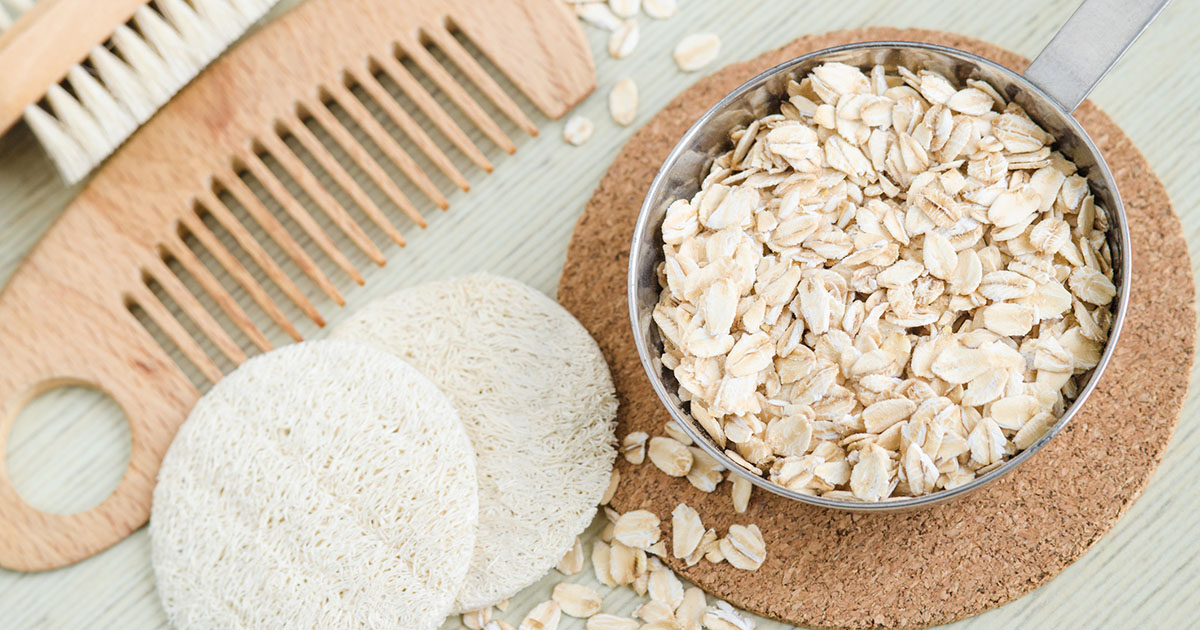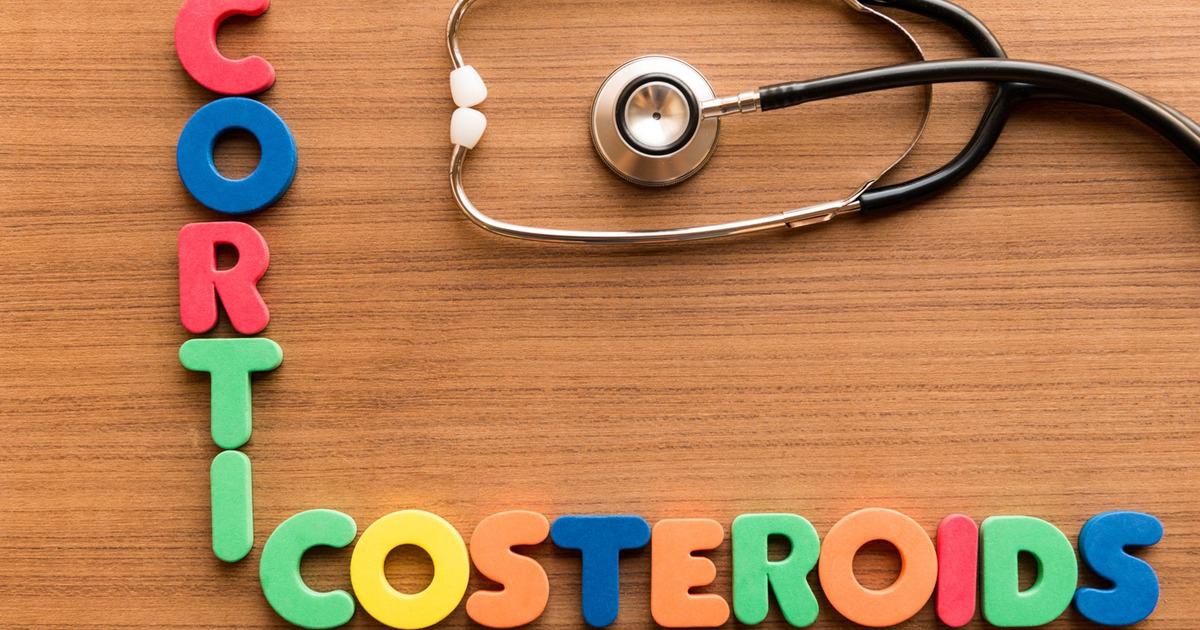Simple Treatment Options For Pityriasis Rosea
Pityriasis rosea is a skin condition that produces a red, scaly rash. Typically, it begins with a herald patch (also known as a mother patch), one scaly, oval-shaped spot up to four inches long. The spot will typically have a raised border, and it is most often found on the back, stomach, or chest. Before the appearance of this spot, patients may experience a headache, fever, runny nose, sore throat, fatigue, or other symptoms similar to an upper respiratory infection. After the herald patch has appeared, other smaller patches of reddish spots normally appear over the next three weeks, and the rash typically causes itching. The smaller patches of the rash are often spread out across the body in a shape resembling a pine tree. Pityriasis rosea most often occurs in patients between ten and thirty-five years old, and it is rare in individuals over sixty. The rash normally resolves on its own in six to eight weeks, and treatment can promote faster healing.
Take An Oatmeal Bath

Patients struggling to find relief from the itching caused by pityriasis rosea may want to take an oatmeal bath. Oatmeal baths are traditionally made with colloidal oatmeal, a type of oatmeal with anti-inflammatory properties. When used in a bath, this oatmeal binds to the patient's skin, forming a barrier that protects it and sealing in moisture. This can ease the scaliness of the rash, and it also helps clean the skin. An effective oatmeal bath for patients with pityriasis rosea can be made at home using uncooked whole oats. These should be placed in a food processor or blender and processed until they are the consistency of a powder. To use the mixture in the bath, place one cup of the processed oats underneath running water as the bathtub fills. Dermatologists suggest patients soak in a lukewarm oatmeal bath for up to fifteen minutes. After bathing, patients should pat the affected areas dry with a towel, making sure their skin is still damp. In particular, patients should avoid soaking for longer than fifteen minutes in the oatmeal bath; this can dry out the skin even more and actually increase itching.
Try A Lukewarm Shower

Patients may also wish to try a lukewarm shower. These can be especially useful when oatmeal baths are not practical. Using lukewarm water reduces the risk of further damage to the skin that can sometimes be caused by overly hot water. In addition, lukewarm water is less painful for irritated skin than hot water normally is. When taking a lukewarm shower, patients should avoid showering for longer than fifteen minutes, and they should pat the rash dry after showering. If a patient is using a non-waterproof dressing over a rash, the area may need to be covered with a plastic bag while showering. Any dressings that accidentally get wet may need to be changed to prevent infection. For maximum relief from itching, patients may wish to apply moisturizer, ointment, or another cream to the rash immediately after showering. This will help increase moisture in the skin and prevent drying.
Use Over-The-Counter Topical Medications

Patients with mild cases of pityriasis rosea may wish to use over-the-counter topical medications as their first line of treatment. An array of anti-itch balms, sprays, lotions, and ointments is available at drugstores, and patients should consider several options. One of the most popular options is calamine lotion, and over-the-counter creams containing small amounts of hydrocortisone are often beneficial, too. When using any over-the-counter topical treatment, patients should always read the labels prior to use, and they may wish to perform a patch test on a small area of healthy skin before using any cream on their rash. Some creams may be harmful if used together, and patients considering using multiple products at once should ask a pharmacist about possible drug interactions. Certain creams may cause side effects, including a burning sensation, redness, and thinning of the skin. Patients who develop side effects or who continue to have symptoms after using over-the-counter products should consult a doctor or dermatologist for advice.
Consider Antihistamines

For patients who do not get relief with oatmeal baths and other conservative treatments, it may be appropriate to consider antihistamines. These medications are taken orally or as a nasal spray, and they reduce both inflammation and itching. Some types of antihistamines are available over the counter, including loratadine, cetirizine, chlorpheniramine, and clemastine. Prescription antihistamines include hydroxyzine, azelastine, and carbinoxamine. While taking an antihistamine, patients should be vigilant for potential side effects, such as dizziness, nausea, vomiting, dry mouth, drowsiness, blurry vision, and problems with urination. Patients should report any unusual or troubling side effects to their healthcare team. If necessary, doctors can switch patients to another drug that is more tolerable.
Look Into Corticosteroids

In addition to antihistamines, patients may want to look into corticosteroids, particularly if they are struggling with a persistent case of pityriasis rosea that has not responded to other treatments. Corticosteroids can be applied topically or given as an injection, and they lower inflammation and relieve itching. There are several classes of corticosteroids, and the more powerful ones are available by prescription. Doctors who choose to prescribe these will monitor patients closely for potential side effects, and patients who use topical corticosteroids should be aware prolonged use may lead to thinning of the skin in the affected area. Occasionally, stretch marks may also develop. Despite the potential side effects, many patients find corticosteroids significantly reduce itchiness.
